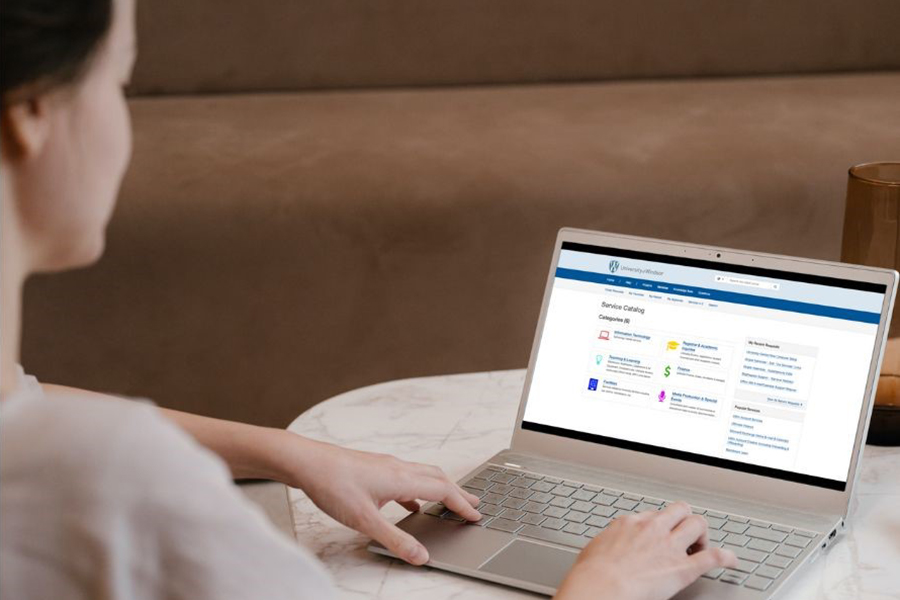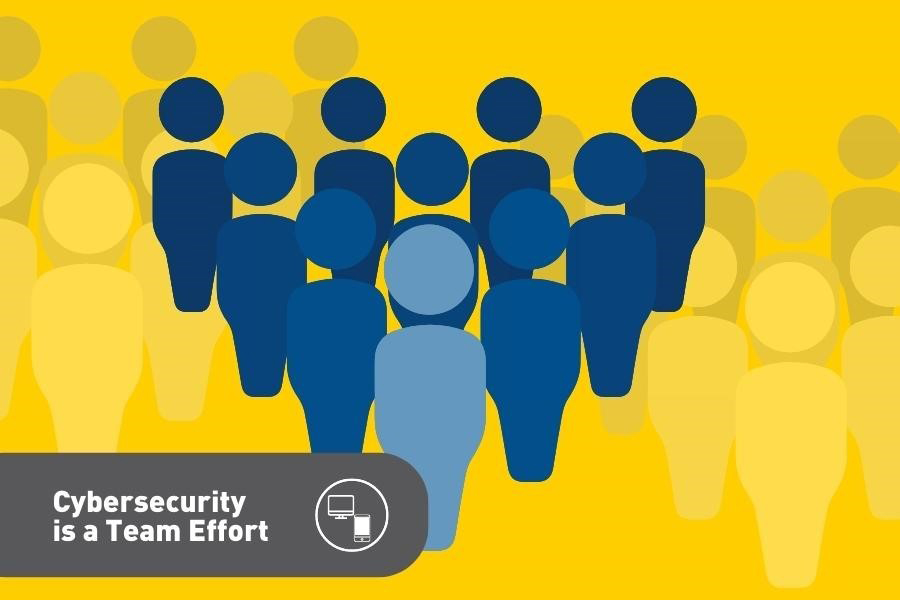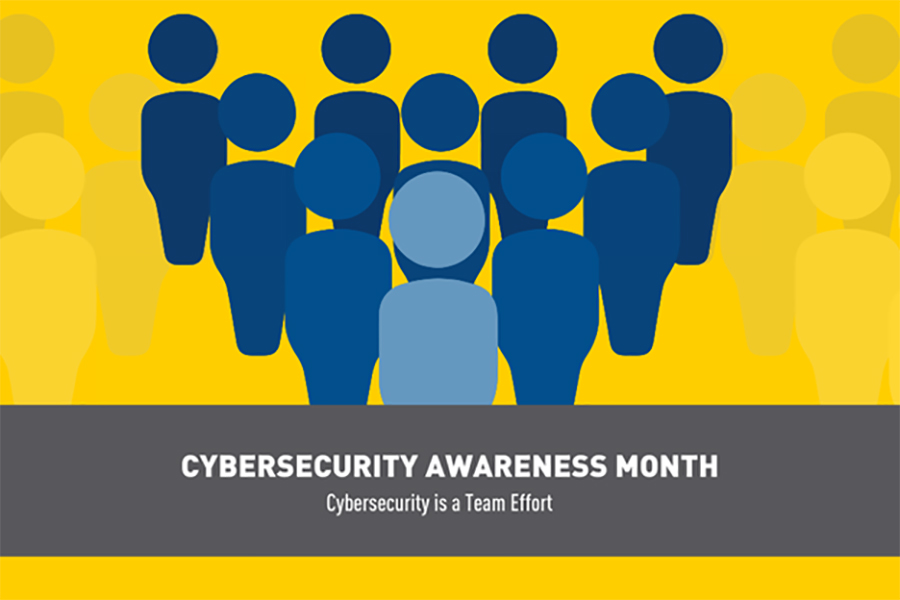
The University of Windsor’s Self-Service Client Portal recently received an update. Visitors can now find new categories within the Service Catalog to guide them in opening a ticket.
“After reviewing the service request analytics and feedback from our clients, we determined the best approach would be for campus users to select a category — Information Technology, Finance, Registrar & Academic Inquiries, Teaching & Learning, Facilities, or Media Production & Special Events — upon entry to the service catalogue to help narrow down the topics,” says Susan Holiga, assistant director, client services, Information Technology Services.
The sub-category structure for information technology has also been refined from 13 sub-categories to eight, and the most popular services are now found at the top of the menu.
“We want to help our users find their IT services as quickly as possible as there has been an increased reliance on support from the IT Service Desk since the pandemic started,” says Ericka Greenham, manager, client services, IT Services. “To that end, in addition to the structural changes, we also re-named some of the sub-categories to reflect more commonly used words for each subject.”
The IT categories are now:
- Accounts & Sign-In
- Administrative Apps
- AV, Classrooms, & Computer Labs
- Messaging & Collaboration
- Hardware, Software, & Printing
- Network & Internet Connectivity
- Web Services
- Telecom & Mobile
In addition to requesting assistance by opening a service ticket, campus users can find knowledge-base articles providing solutions to common issues. Users can also access the questions forum for general “How do I …?” inquiries.
As always, the IT Service Desk is available to help navigate the new layout in the Self-Service Client Portal by calling 519-253-3000, ext. 4440, or using the chat icon on the bottom corner of uwindsor.ca/its or uwindsor.ca/itshelp.




